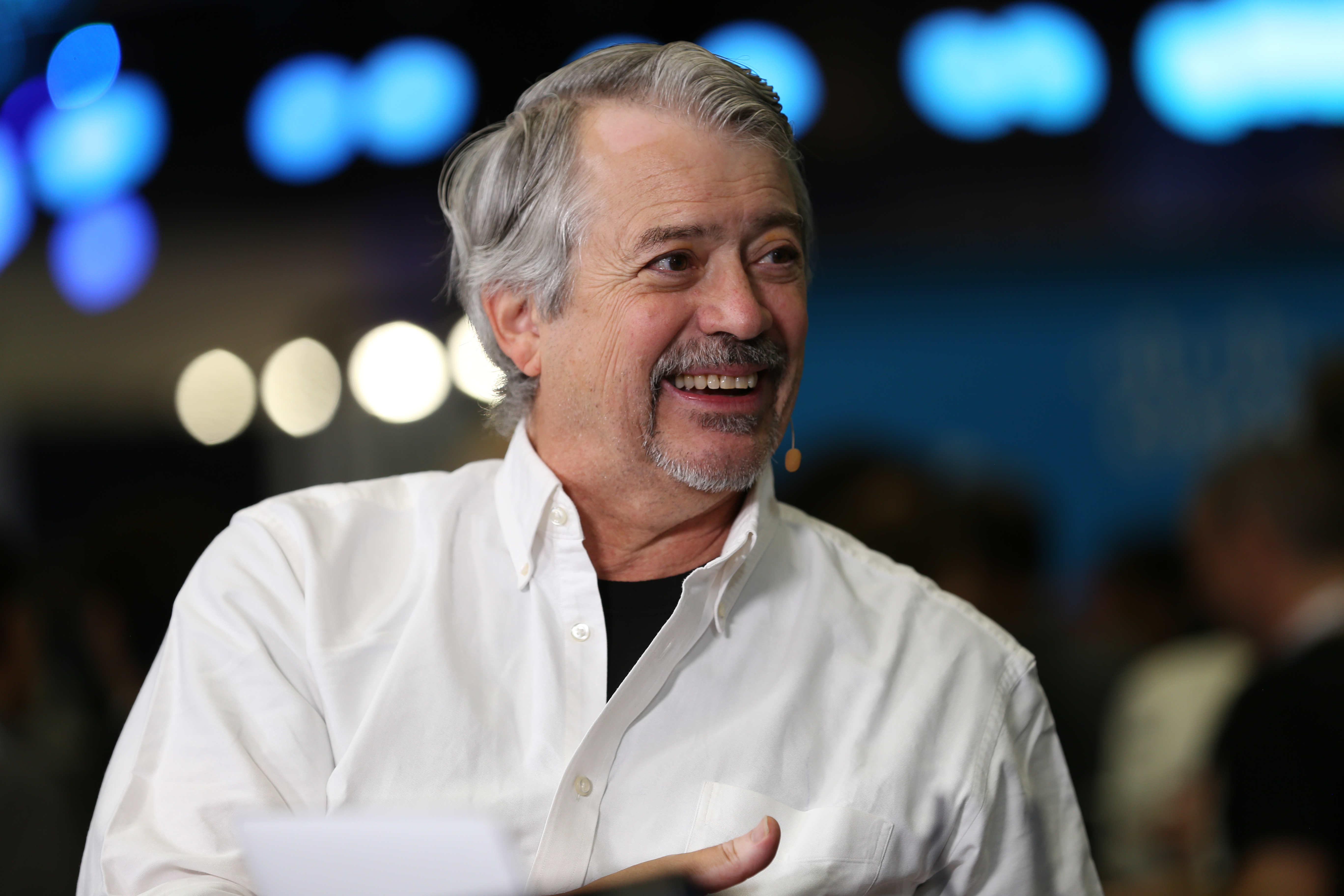 EMERGING TECH
EMERGING TECH
 EMERGING TECH
EMERGING TECH
 EMERGING TECH
EMERGING TECH
Multicloud, artificial intelligence, open source, cloud native — these trending technologies are throwing bricks in the windows of information technology shops everywhere. The shards are scattered all over the place — applications, networks, compute power and operations are in disarray. Personnel are confused about their roles — have they changed?
In this state of confusion, it would be helpful to have tools that help everyone define and execute their roles.
“One thing that’s become very clear is that we need to make it easier for the domain experts in an application area to just take care of their part,” said Lew Tucker (pictured), vice president and chief technology officer of cloud computing at Cisco Systems Inc.
The complexity of modern IT is such that a company can’t expect employees to be generalists. “Now the engineering teams are too large. You can’t have everybody know everything anymore,” Tucker states, adding that they need tools to help them zero in on their specific domains and connect them all together.
Tucker spoke with John Furrier (@furrier) and Stu Miniman (@stu), co-hosts of theCUBE, SiliconANGLE Media’s mobile livestreaming studio, during the KubeCon + CloudNativeCon event in Seattle, Washington. They discussed how cloud-native technologies and Cisco’s multicloud offerings address modern IT complexity. (* Disclosure below.)
The open-source Istio service mesh for microservices has unique capabilities for separating application aspects. This can help organize developers and engineers who deal with different areas of app life cycle.
“We’ve actually separated out essentially the data plane, the transport of data around with security, encryption, identity, and everything from the actual application code of the microservices,” Tucker said.
Yet all of these specialists and their contributions need a single meeting place. “We need to be able to provide them underlying systems that connect these things, and that underlying system then has to be managed by your operation people,” he added.
Keeping on-prem and cloud environments as similar as possible can spare IT teams painful learning curves. “What we’ve developed with the Cisco Container Platform is an on-premise managed Kubernetes environment that looks identical to what you find in the Kuberntes environments at AWS or at Google,” Tucker stated.
Kubernetes is an open-source platform for orchestrating containers (a virtualized method for running distributed applications.
“IT doesn’t have to relearn things. They can actually get the advantage of … standardization,” he stated.
Industry vet Tucker will step down from his post at Cisco in January to focus on up-the-stack technologies.
Watch the complete video interview below, and be sure to check out more of SiliconANGLE’s and theCUBE’s coverage of the KubeCon + CloudNativeCon event. (* Disclosure: Cisco Systems Inc. sponsored this segment of theCUBE. Neither Cisco nor other sponsors have editorial control over content on theCUBE or SiliconANGLE.)
Support our mission to keep content open and free by engaging with theCUBE community. Join theCUBE’s Alumni Trust Network, where technology leaders connect, share intelligence and create opportunities.
Founded by tech visionaries John Furrier and Dave Vellante, SiliconANGLE Media has built a dynamic ecosystem of industry-leading digital media brands that reach 15+ million elite tech professionals. Our new proprietary theCUBE AI Video Cloud is breaking ground in audience interaction, leveraging theCUBEai.com neural network to help technology companies make data-driven decisions and stay at the forefront of industry conversations.